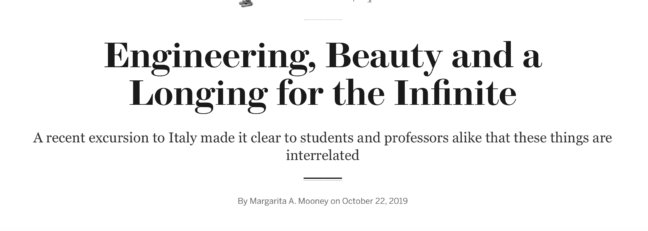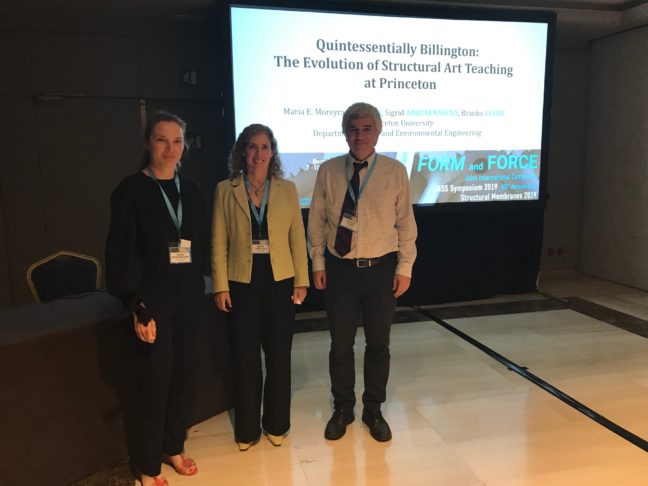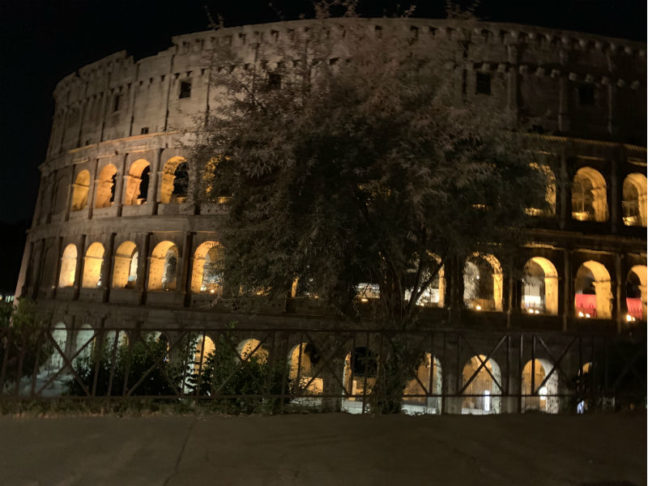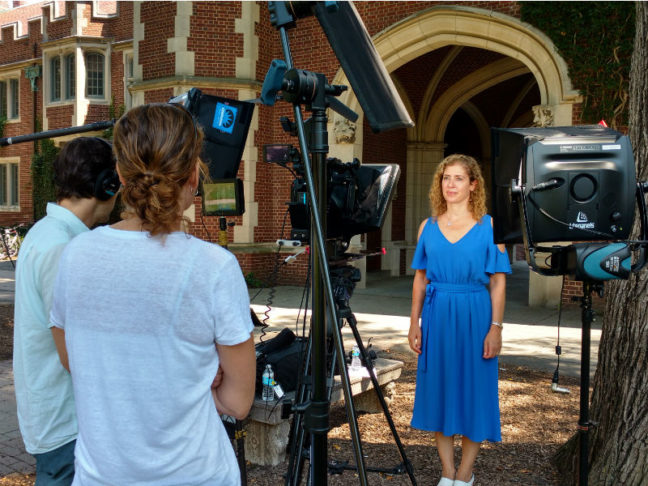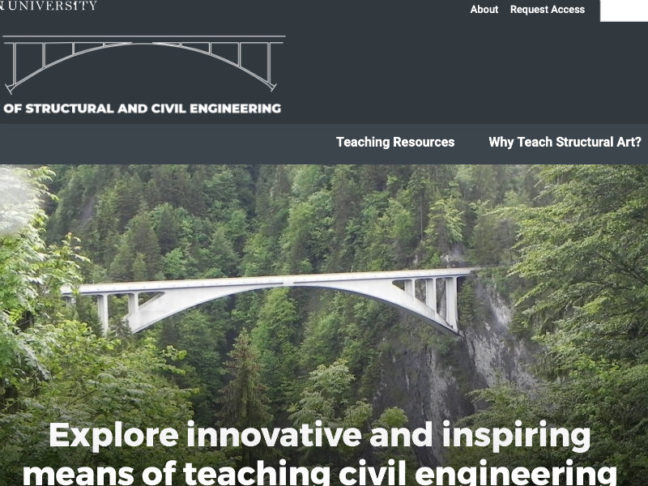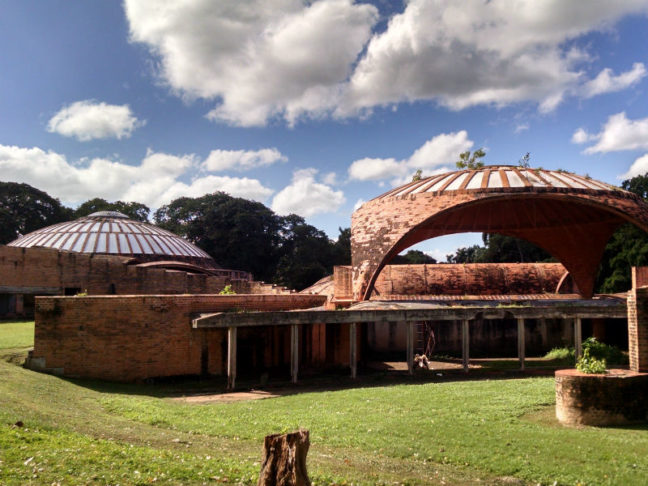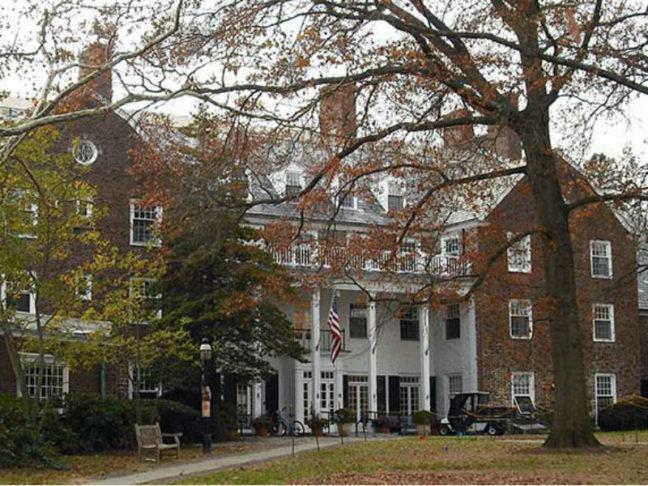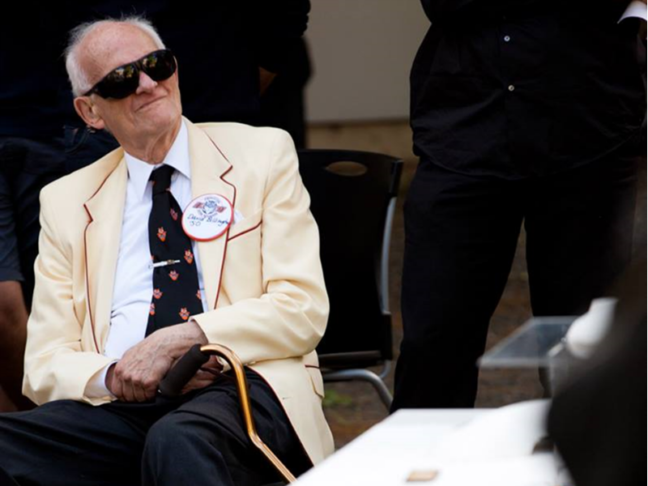The article recently published in Scientific American “Engineering, Beauty, ad a Longing for the Infinite“, speaks of a quintessentially Princeton ethos : the importance of a liberal arts education (and longing for ‘beauty’) in STEM curriculum.
The piece was inspired by a PIIRS Global Seminar co-taught by Sigrid Adriaenssens, Maria Garlock, and Branko Glisic. It is written by our colleague, Margarita Mooney, whom the instructors invited to join in Italy for a six-day excursion with the students. Margarita is a Professor in Princeton Theological Seminary (this year she is a visiting scholar at Princeton University), where she defines herself as “someone whose work lies at the intersection of sociology, theology and philosophy.”
Towards the end of the article she goes into detail about what we learned on the excursion and summarizes the piece nicely with why a liberal arts education is important. A great and inspiring read!

